 PRESIDENT Ferdinand R. Marcos, Jr. led the launch of phases 2 and 3 of the National Fiber Backbone project in Palo, Leyte on Monday. — PHILIPPINE STAR/NOEL PABALATE
PRESIDENT Ferdinand R. Marcos, Jr. led the launch of phases 2 and 3 of the National Fiber Backbone project in Palo, Leyte on Monday. — PHILIPPINE STAR/NOEL PABALATETHE PHILIPPINE government on Monday launched the second and third phases of its National Fiber Backbone project, aiming to provide high-speed internet to underserved and remote areas across the country.
President Ferdinand R. Marcos, Jr., who led the project’s inauguration in Leyte, emphasized that access to fast and reliable internet is no longer a privilege but a necessity, noting its role in education, business, work, and maintaining ties with loved ones.
He acknowledged the stark inequality in internet access nationwide, forcing some Filipinos to travel long distances just to find a signal.
The latest phases will add almost 1,800 kilometers to the country’s fiber network, expanding to Regions II (Cagayan Valley), IV-A (Calabarzon), V (Bicol), VIII (Eastern Visayas), X (Northern Mindanao), and XI (Davao).
“We are connecting the Philippines through these fiber backbones so that all Filipinos, even those from far away, those on the islands who cannot connect, will still have the internet to help them with their work, to help them with their lives,” Mr. Marcos said in Filipino, according to a transcript from his office.
This builds on the 1,245-kilometer covered under Phase 1 from the province of Ilocos Norte to Quezon City, which was completed in April last year. It has an initial 600 gigabits per second optical spectrum capacity that could serve the government and at least 14 provinces, and two National Government data centers, according to the Department of Information and Communications Technology (DICT).
The project expanded network coverage nationwide, providing broadband access to over 600 government offices and public areas and benefiting around 17 million Filipinos, including 1.39 million unique users, Mr. Marcos’ office said in a separate statement.
“The project’s completion is also likely to spur growth in rural areas, with internet penetration seen to increase to 65% from the current 33%,” it added. “It aims to lower the price of the internet to as much as US$5 per Mbps (megabit per second).”
The President described this effort as a collective action to ensure no Filipino is left behind in the digital era.
He added that wider internet connectivity would help small businesses find online buyers and enable families to access online tutorials for cooking, sewing, or farming.
Mr. Marcos, in his third State of the Nation Address, committed to continuing upgrading to nationwide connectivity.
The DICT has obtained a $287.24-million loan from the World Bank to accelerate phases 4 and 5 of the project. The completion of the project is expected to spur growth in rural areas, especially in the Visayas and Mindanao.
Meanwhile, he also called on government agencies to speed up work on critical infrastructure such as the retrofitting of the San Juanico Bridge, which connects Leyte and Samar islands.
Recent restrictions on the bridge have caused long delays, with trucks carrying essential goods forced to wait for hours.
The Department of Public Works and Highways aims to restore the bridge’s load capacity to 12 tons by year’s end, enabling buses, vans, and private vehicles to cross.
Currently, a budget of over half a billion pesos has been allocated for the repairs, with plans to eventually increase its capacity to 33 metric tons. — Chloe Mari A. Hufana

 2 days ago
1
2 days ago
1

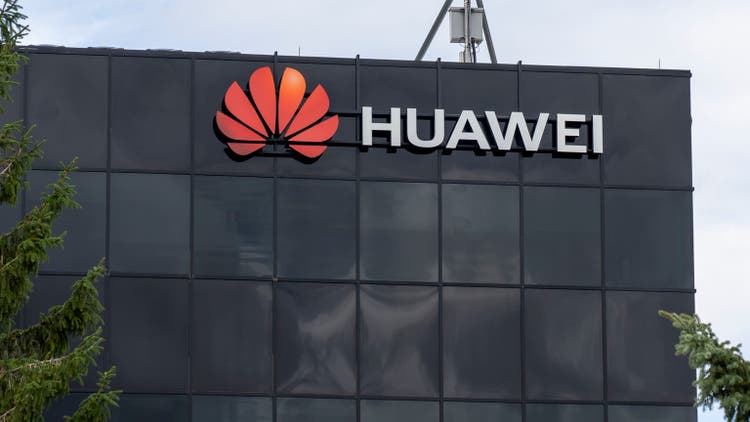


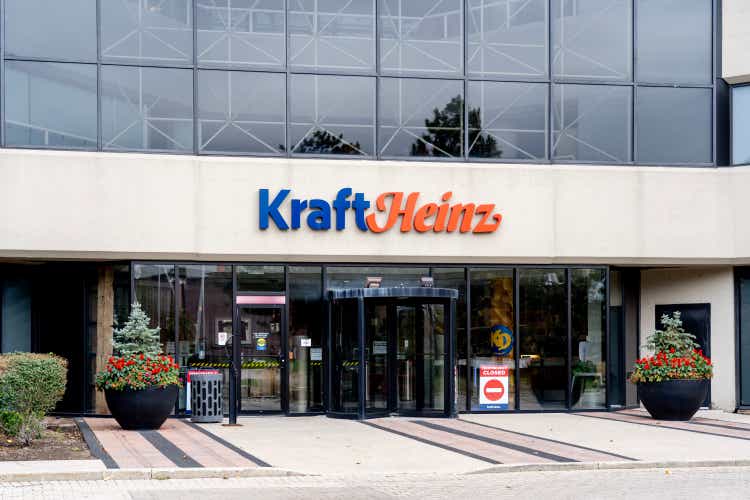
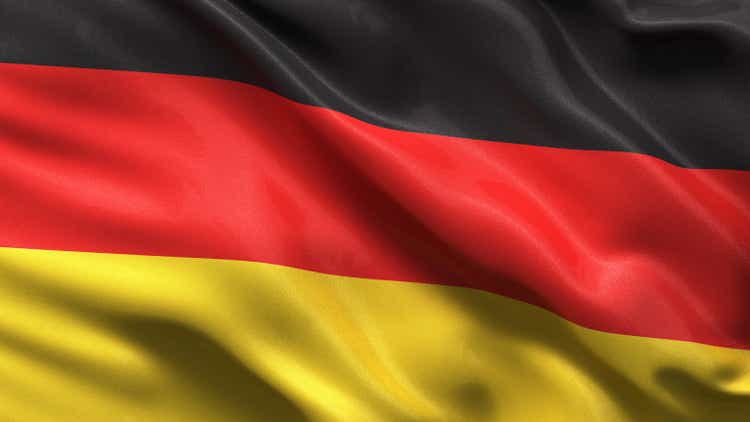
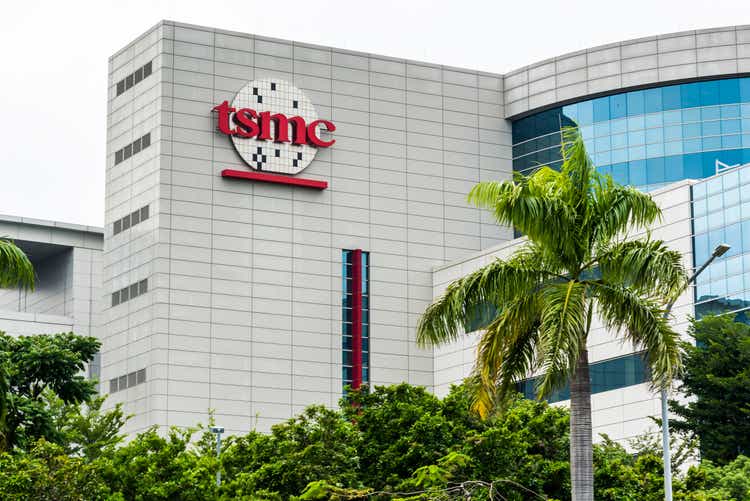
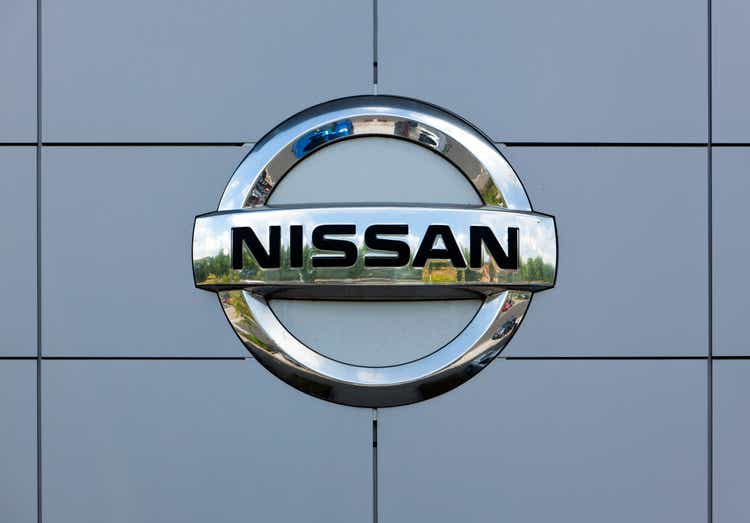





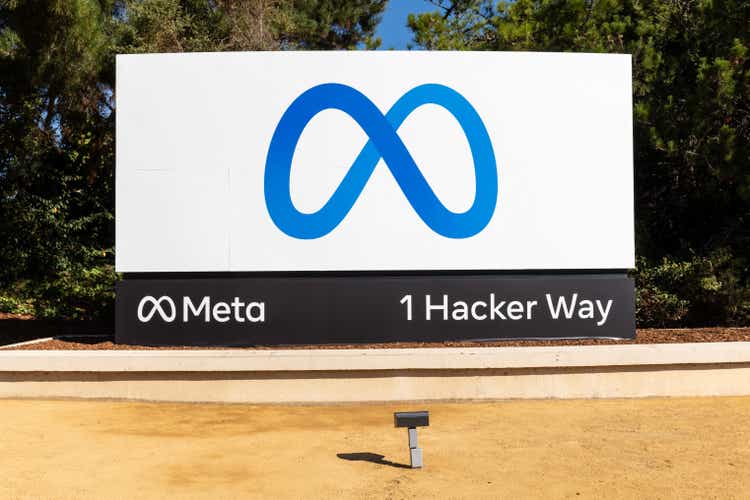
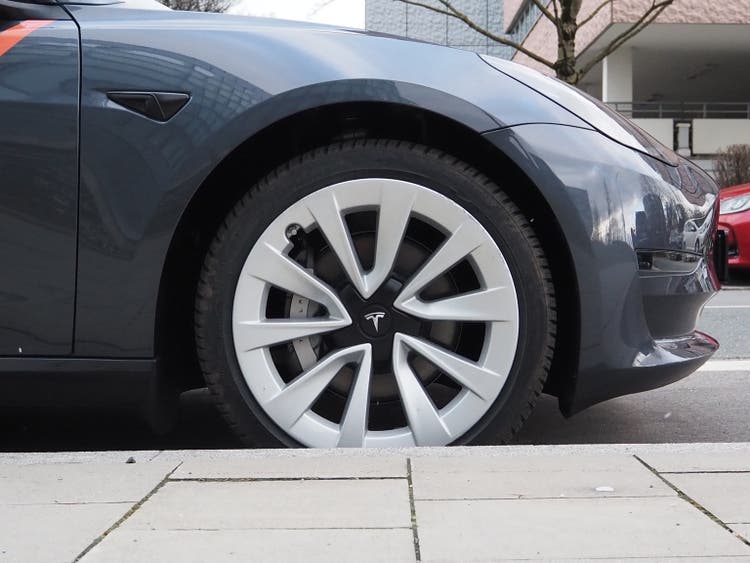
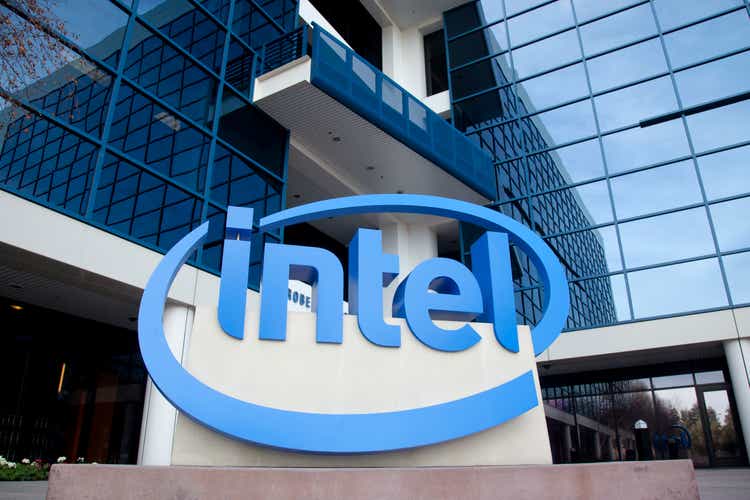


 English (US) ·
English (US) ·